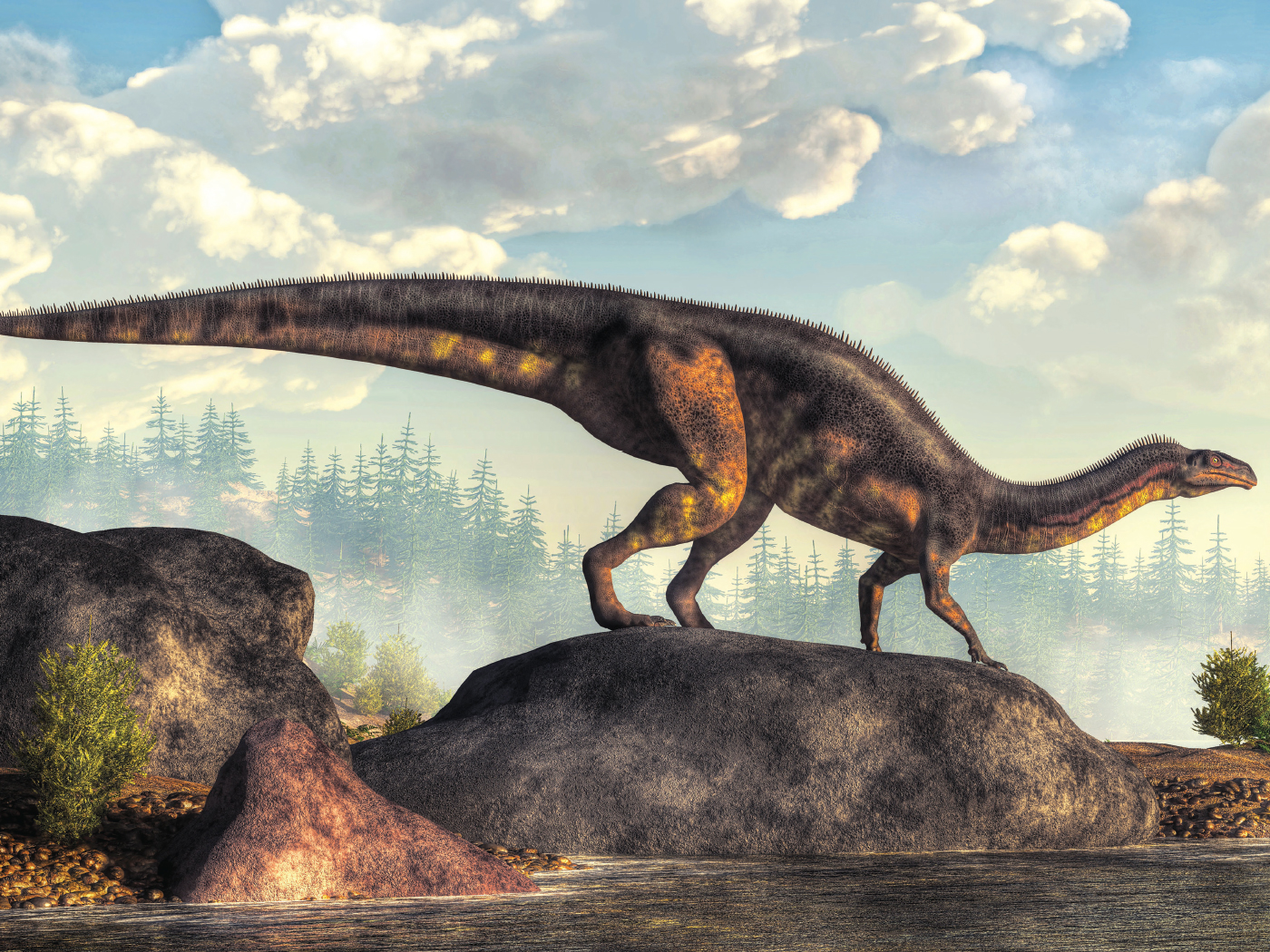Certain bacteria can detect direction with ultra-tiny magnets that use bits of magnetic metals organized into structures called “magnetosomes.” Magnetosomes automatically orient to the earth’s magnetic field, and the bacteria use this information as a kind of cellular GPS when they’re traveling.
Scientists are interested in the manufacturing mechanisms that produce magnetsomes for their potential use in biotechnology and nanotechnology. To that end, researchers from Tokyo University of Agriculture and Technology and the National Institute of Technology and Evaluation searched the DNA of a “distant relative” of the known magnetotactic bacteria for similar codes that might carry the manufacturing instructions. “Surprisingly, they…found that magnetosome-related genes are very well conserved across different classes of bacteria.”1
This came as a surprise only because they believed that “magnetotactic bacteria evolved a clever method of using the Earth's magnetic field to orient itself and swim downward—exactly the direction a microbe must move to locate low oxygen areas in lakes and oceans.”1 Rather, these bacteria appear to have been designed to live without oxygen, and the magnetosomes are integrated systems that help the organisms live just that way. Considering that “clever” methods, “exact” directions, and integrated features exclusively arise by intentional design, the assertion that these “evolved” is unfounded.
Not only are the bacteria fully equipped for their lifestyles, but despite being radically different from one another, they shared three remarkably similar suites of magnetosome genes. How did the same basic set of genes find their way into such different bacterial forms? The researchers proposed one naturalistic possibility: “The core magentosome genes may have been established in these bacteria by several horizontal gene transfer events, rather than being passed down through a lineage.”1
Thus, not one, but three correct modules containing just the right genes supposedly jumped into the correct bacteria, and these bacteria knew just what to do with the gene sets, as well as the magnetosomes that they encode and the information that the magnetosomes generate. Despite the polished phrase “horizontal gene transfer,” the process itself is unobserved—an ad hoc story invoked to support evolution in the face of a decidedly non-Darwinian mosaic distribution of gene modules.2, 3
Belief that unguided physical and chemical processes accomplished the technical feats observed in these bacteria—feats that humans are not yet able to duplicate—reveals a tremendous faith in nature to do what it is never seen to do. Just like so many other features―including the vertebrate eye found in many vertebrates but also in octopi, or hemoglobin that is used by humans, some insects, and even some bacteria―magnetosomes appear to have been engineered intentionally by a Creator who was wise enough to give each creature exactly what it needs to live. “O LORD, how manifold are thy works! in wisdom hast thou made them all.”4
References
- Magnetic microbe genome attracting attention for biotech research. Cold Spring Harbor Laboratory press release via EurekAlert!, August 11, 2009, reporting on research published in Nakazawa, H. et al. Whole genome sequence of Desulfovibrio magneticus strain RS-1 revealed common gene clusters in magnetotactic bacteria. Genome Research. Published online ahead of print August 12, 2009.
- Thomas, B. Why Can Moss Process Human Genes? ICR News. Posted on icr.org June 16, 2009, accessed August 12, 2009.
- Thomas, B. What Spurs Evolution: the Old or the Young? ICR News. Posted on icr.org October 17, 2008, accessed August 12, 2009.
- Psalm 104:24.
* Mr. Thomas is Science Writer at the Institute for Creation Research.
Article posted August 13, 2009.























